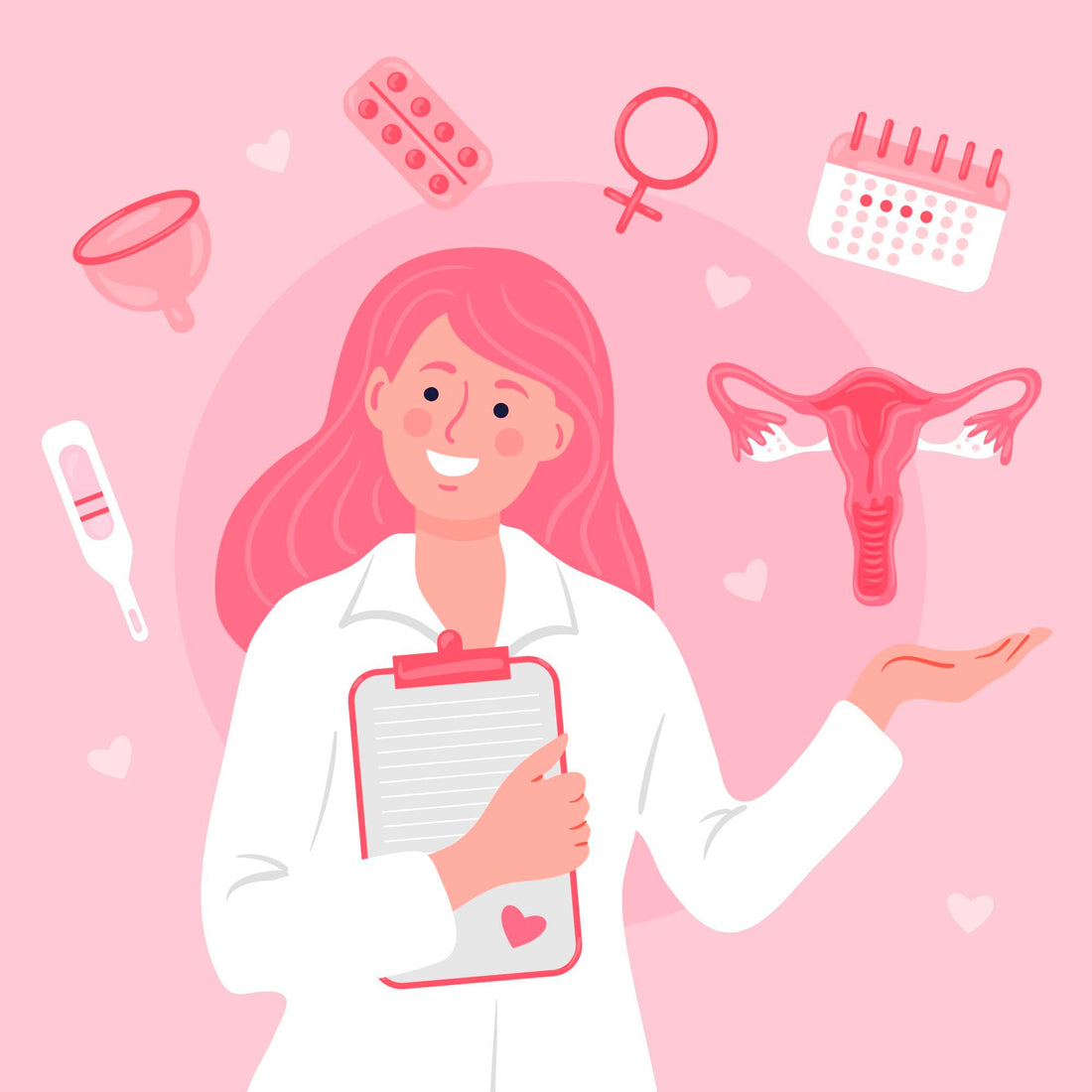Let’s be real—CBD is everywhere.
From wellness blogs and influencer posts to fancy lattes and beauty serums, it’s hard to scroll without seeing some form of cannabidiol (CBD) being hyped as the answer to everything from anxiety to acne.
But with all the buzz comes confusion:
-
What does CBD actually do?
-
Is it safe?
-
Is it the same as marijuana?
-
How do you know what to buy—and how much to take?
You’re not alone if you’ve had these questions. And that’s exactly why PIP’s CBD Guide was created.
Whether you're a total beginner or a cautious skeptic, this guide will give you the clarity you’ve been craving—based on facts, not fads.
Here’s why it’s a must-read for anyone ready to explore CBD the right way.
💡 Why You Need a CBD Guide in the First Place
The CBD market is booming—but with minimal regulation.
That means not all CBD is created equal. In fact, some products on shelves today:
-
Contain less CBD than advertised
-
Include unsafe levels of THC (which can cause psychoactive effects)
-
Are contaminated with pesticides, heavy metals, or solvents
-
Don’t explain how or why to use them at all
You deserve better.
PIP’s CBD-101 Guide breaks down what’s real, what’s safe, and what to look for—so you can make confident, informed decisions for your body and your health.
📘 What You’ll Learn in PIP’s CBD Guide
This isn’t a generic FAQ. It’s a functional wellness roadmap for anyone looking to integrate CBD into their self-care, recovery, or hormone health journey.
Here’s what it covers:
✅ What CBD Actually Is (and What It’s Not)
Demystifies the difference between CBD, THC, hemp, cannabis, and other cannabinoids—and why it matters for your wellness goals.
✅ How CBD Interacts with Your Body
Breaks down the endocannabinoid system (yes, you have one!) and how CBD helps regulate mood, sleep, inflammation, pain, and more.
✅ Real Benefits—Backed by Science
Covers evidence-based benefits of CBD, including support for:
-
Stress & anxiety
-
Menstrual pain
-
Postpartum recovery
-
Muscle recovery
-
Skin conditions like eczema or psoriasis
✅ Dosing and Usage
Learn how much to take, when, and how—whether you’re using oils, salves, or topical blends like PIP’s Renew Salve and Release Oil.
✅ How to Read a CBD Label (and Spot Red Flags)
Know exactly what to look for—like third-party testing, full-spectrum vs. isolate, and extraction methods—to avoid wasting money on ineffective or unsafe products.
🌿 Why Trust PIP?
PIP Wellness isn’t just selling CBD—they’re redefining how it’s used in clinical wellness settings.
Here’s why their approach is different:
-
Every batch is third-party tested for potency, purity, and safety
-
Formulas are created by experts in hormone health, trauma recovery, and nervous system regulation
-
Products are designed to complement lab-backed wellness protocols, not just mask symptoms
In short, PIP treats CBD as a healing tool, not a trend.
🙋♀️ Who Should Read This Guide?
This guide is made for:
-
Women navigating hormonal imbalances or PMS
-
New moms in postpartum recovery
-
Anyone experiencing chronic stress, anxiety, or burnout
-
Individuals looking for natural pain relief or skin support
-
People who want to try CBD—but want to get it right
Whether you’re just curious or ready to add CBD to your wellness routine, this guide will give you the grounded knowledge you need to move forward confidently.
🧠 Knowledge = Empowerment
There’s no shortage of products and promises in the CBD world.
But if you want real results, you need more than hype—you need understanding.
PIP’s CBD-101 Guide gives you the knowledge to:
-
Choose high-quality products
-
Understand how CBD supports your unique body
-
Integrate it safely and effectively into your daily rituals
-
Ask better questions (and avoid getting sold junk)
It’s everything you wish someone had told you—clear, practical, and science-backed.
📥 Download the Free Guide
👉 Click here to access PIP’s CBD-101 Guide
💚 Learn the science. Get the facts. Start healing smarter.
Because when you know how CBD really works, it’s not just a wellness trend—it’s a transformational tool.

